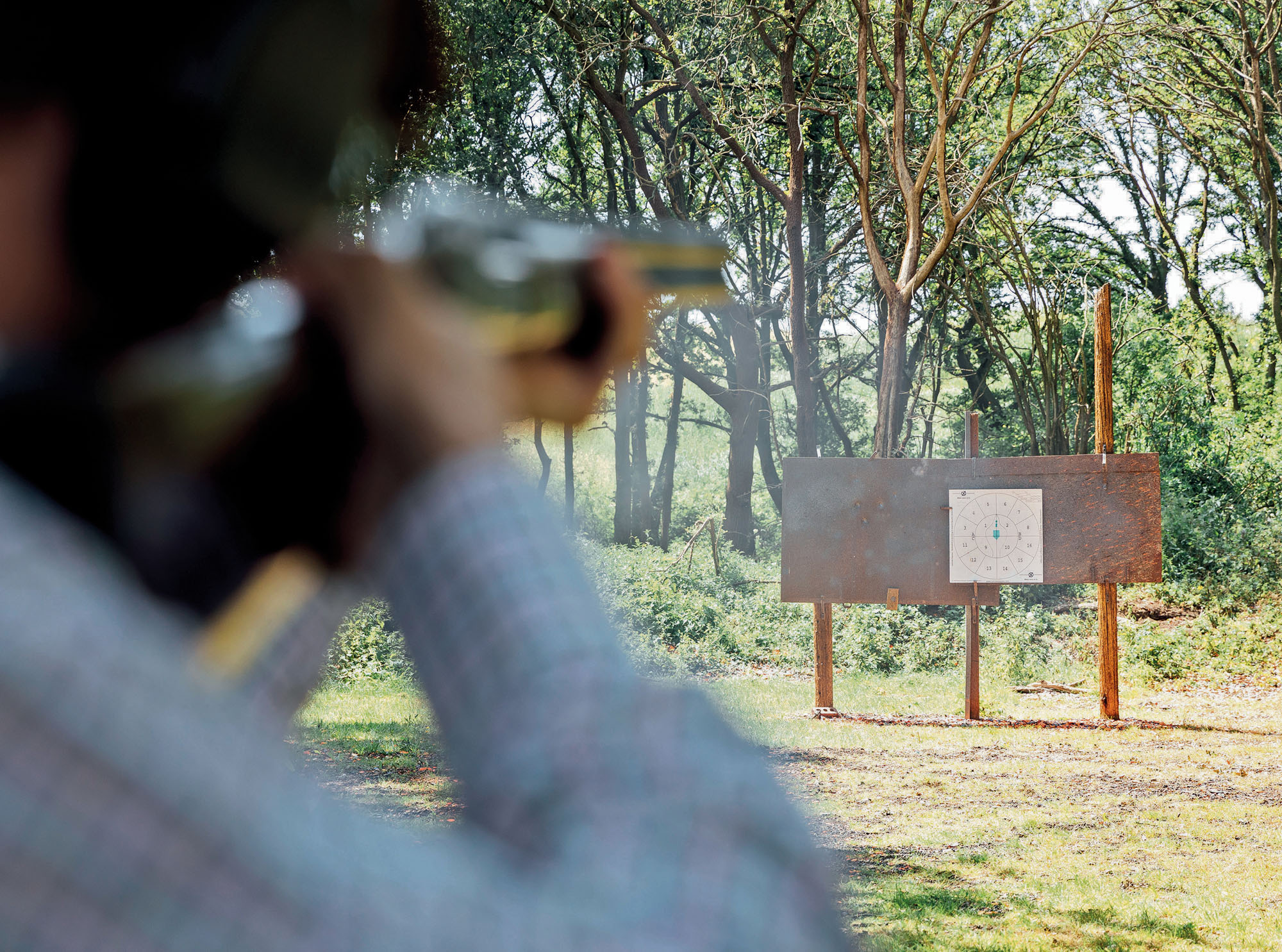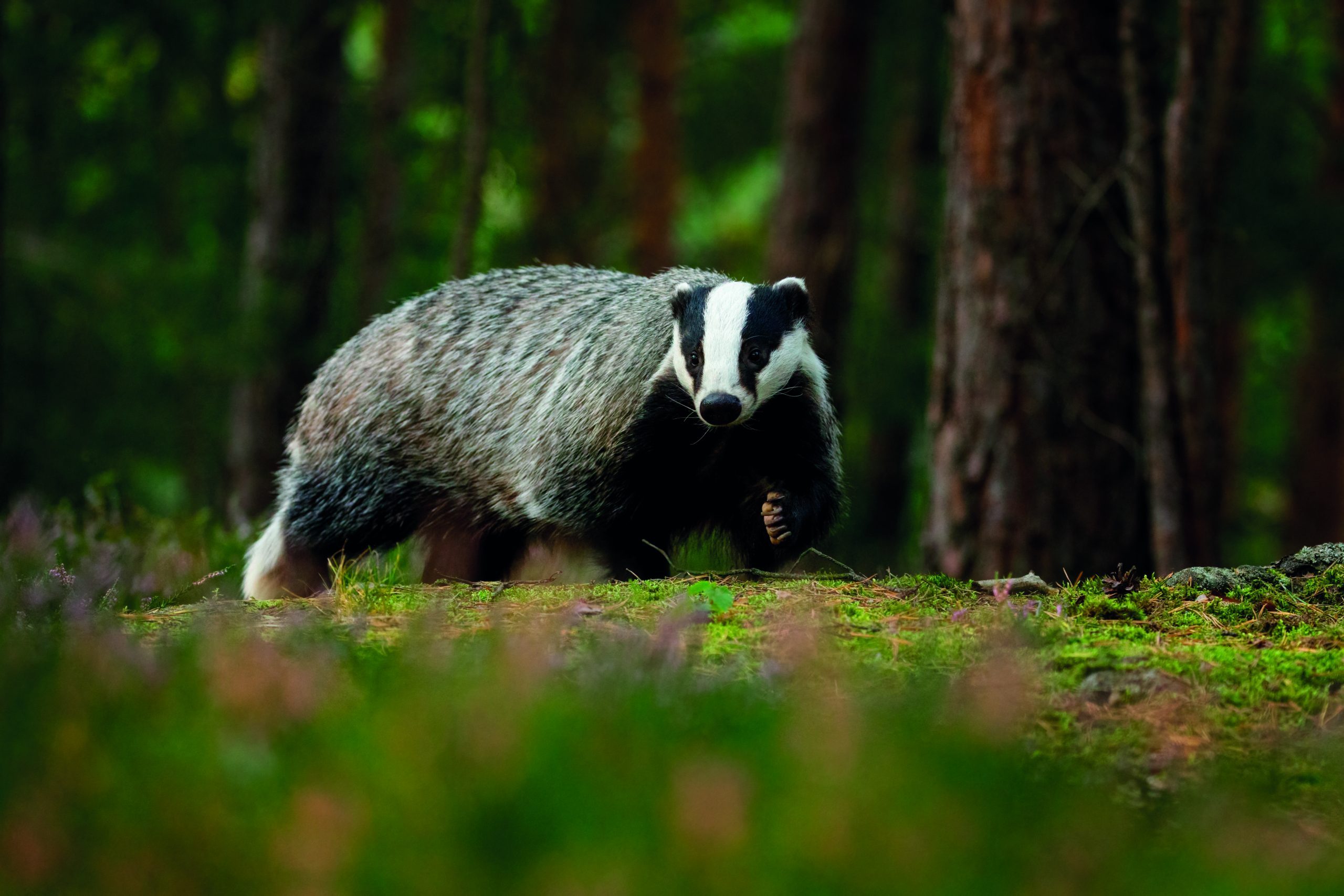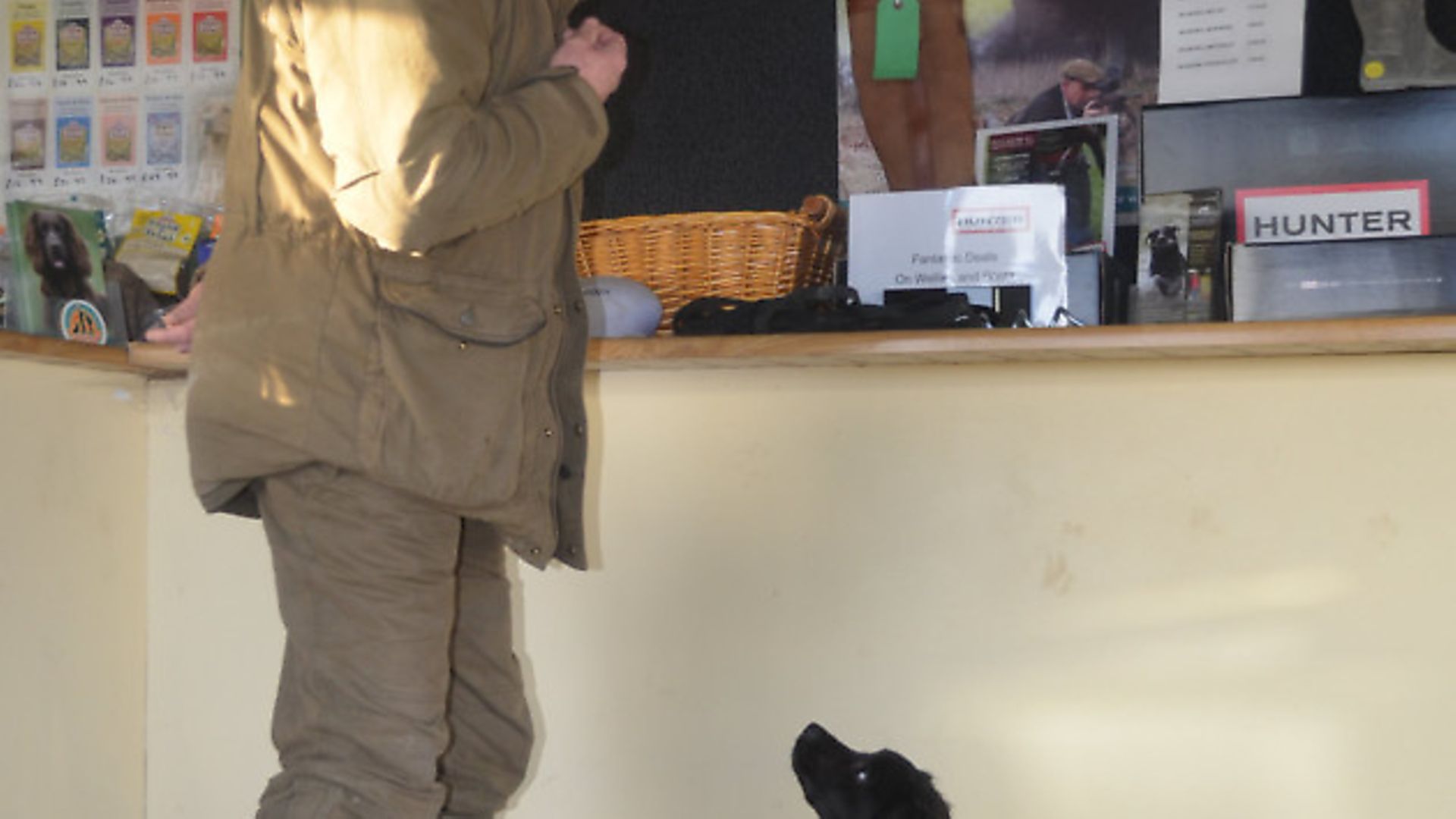Working for a living

You can begin work on achieving that holy grail of gundog training – the dog’s undivided focus on you – as soon as you bring your puppy home, says Howard Kirby
Whenever you watch someone that is working with a highly trained dog the dog is constantly watching, focussed on the handler. So how do you train a dog to be so focussed on you rather than everything but you? It’s fairly straightforward but you need to start when the puppy is young – from the moment you bring your eight-week-old puppy home.
Owners spend endless hours and pots of money trying their best to keep young puppies mentally stimulated, but how about this for an idea? Get them to work for a living; yep, that’s right: work. All of us work for a living, wild dogs work for a living, so let’s get Fido working for a living. This has got to be good for Fido; it will stimulate his mind, give the little monster something to do and if we use the right techniques we can get him to be highly focussed, obedient and wanting to be with you.
So what are we going to do? We are simply going to get the puppy to work for food. ‘Great plan!’ I hear you cry as you rush to the pet store manically chanting, “I need dog treats, get me dog treats.” No, no, no, no! We are going to get Fido to work for his daily ration. All that food that he usually eats from his bowl on the kitchen floor he is going to start eating from your hand instead.
I try my best not to irritate or be controversial but I already know the answer that comes from 50% of the people I deliver this lesson to. “Well that’s all very well Howard but Fido’s quite fussy with his food, he just tends to graze throughout the day, he shows very little interest in the food I offer him; in fact we’ve had to change his food several times to get him to eat.” If by chance I’m describing you and your dog I’d like you to have a long sit down and see if you can figure out why Fido is a fussy eater. If after five minutes you’re still not sure, I’m going to help you… you’re feeding him too much! Assuming he’s in perfect physical health, no dog ever starved to death with food in front of him.
Start by getting yourself a food measuring jug; most manufacturers will supply you with one. Or just use whatever your normal measure is. Measure out your dog’s daily allowance into the jug. This is what we are going to use today. We need to start work in a distraction-free environment – your kitchen is the obvious place.
The work starts first thing in the morning as you come downstairs. Let the puppy out into a secure garden to relieve himself. Take his breakfast from the measuring jug, call him into the house and straight away feed him a piece of kibble. Encourage the youngster to keep following you around the kitchen. Teach him to sit at your feet and to look up at your face. Initially you will have to put a piece of kibble between your thumb and finger and lure him into position. Hold the kibble just up under your chin in line with your collarbone. As soon as the pup sits and looks up, feed him. Make sure you take the food down to the puppy as we don’t want to teach him to jump up to get his prize.
Initially do everything to help the puppy understand that the only way to get the food is to sit quietly and look at your face. As soon as he gets it, make him work a bit harder. A common mistake the puppy makes is to come right up to you but then stand and look at you. Be patient, motionless and let him figure it out. Wait a few seconds… sometimes they will suddenly sit, in which case feed immediately. If he gets stuck and can’t figure it out don’t wait too long otherwise he might give up and move away. Reverse back a few steps and encourage him forward again, this will often unblock his mind and he will come straight in and sit this time. Our objective is to get this busy, inquisitive and active mind thinking, “Just what do I have to do to get that food?” If you make it too difficult he will lose interest, but get it right and he will work his little socks off to get the food he needs. His biology is telling him ‘you need this, we’re hungry, work hard or we’ll be even hungrier!’
As he gets better at focussing (and this will come in two short sessions), you can make him stare at you for a few seconds longer before feeding. If at any point the puppy jumps up, barks, nips or tries to hassle you, turn around give him your back and walk to the other side of the kitchen and then encourage the puppy to offer the correct behaviour, rewarding the moment he offers it.
So now we have an eight-week-old puppy coming to you, sitting, waiting, watching and following you around the room and throughout this he’s working his brain to get his food. This is healthy for the puppy and brilliant for future training as already we are establishing a really positive set of behaviours.
If possible do this several times a day. Get him to work for as much of his daily allowance as possible. If you have a really good day and have used all of the food up, be strong and don’t feed more – remember this food is his daily allowance. Providing your calculations are right this will keep the puppy fit and healthy. Finish each session by showing the puppy you have empty hands and simply give him your back and go about your daily business. If he tries to hassle you, turn and move away. If you totally ignore him he will give up.
This is just the beginning, but don’t underestimate the importance of what you are achieving. Think about it: this is probably the most important behaviour you will teach your puppy. With the puppy now locked on to you not just with its eyes but with its incredibly powerful mind, we can easily move forward and get to grips with establishing the basics.






